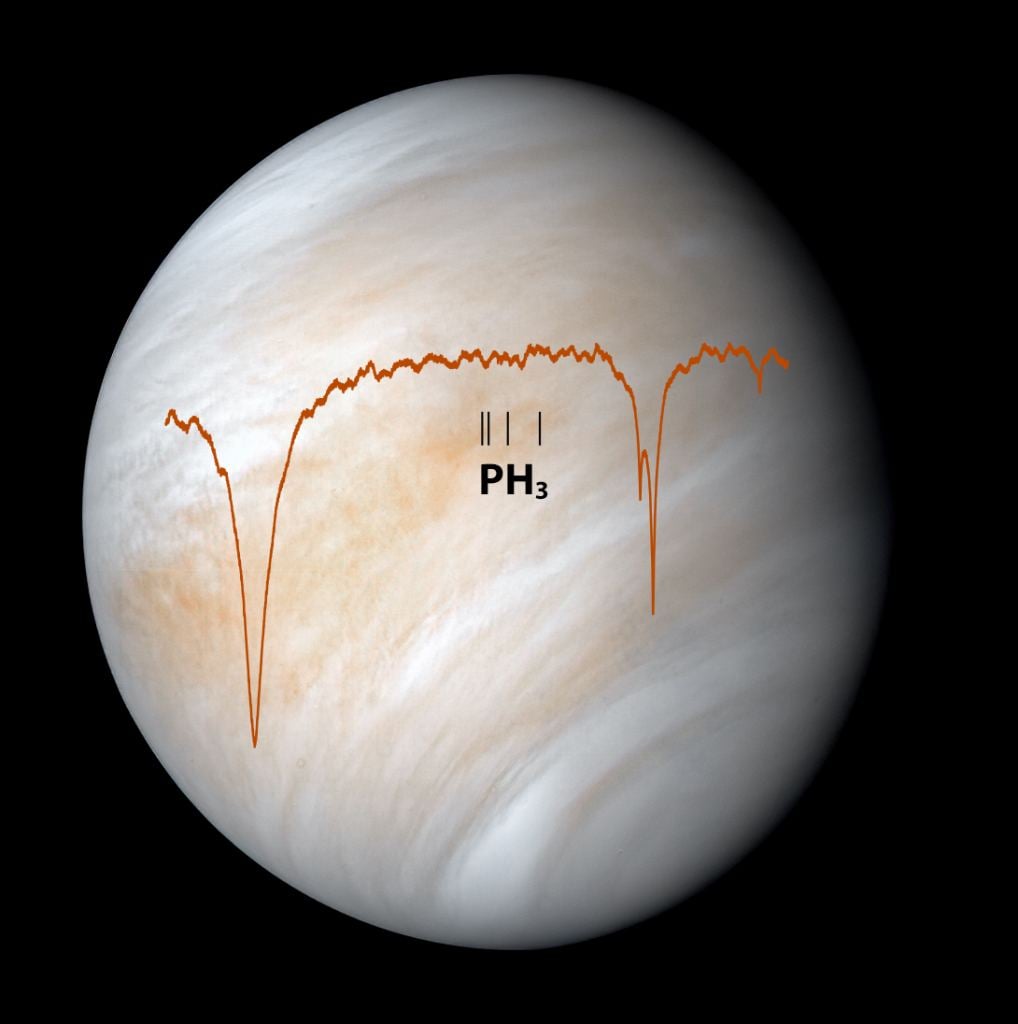
If dark matter exists in our solar system, atomic clock spacecraft might reveal its presence.
Continue reading

Scientists find more evidence that a magma plume could exist beneath Elysium Planitia, proving Mars might still be volcanically active
Continue reading

A new study considers how the presence of Early Dark Energy could help resolve one of the biggest cosmological mysteries today.
Continue reading

A rare event transpires Wednesday night, as the Full Moon occults Mars near opposition.
Continue reading

Using images from the Hubble Snapshot Program and archival data, a team of astronomers has located the progenitor stars of six supernovae.
Continue reading

NASA has released a second supercut video of the Artemis I mission that captures the mission highlights
Continue reading

SpaceX conducted another static fire test with its BN7 prototype, this time firing up eleven of its Raptor 2 engines.
Continue reading

The SHINE collaboration recently observed a Super-Jupiter within a young debris orbiting a nearby star. Credit: ALMA (ESO/NAOJ/NRAO); M. Weiss (NRAO/AUI/NSF)
Continue reading


















































